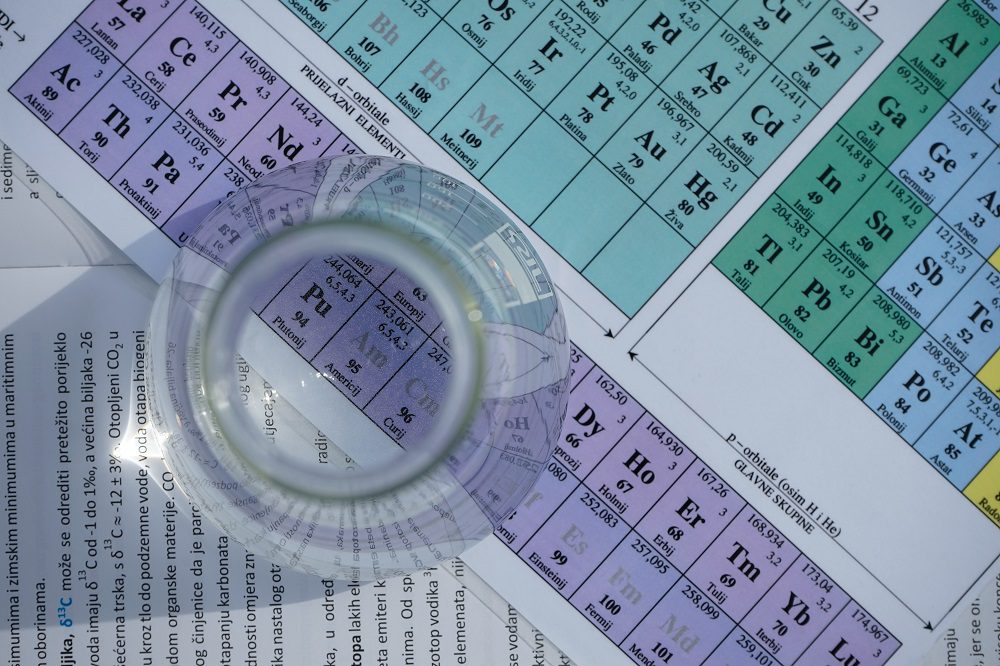Did you know that there are up to 118 different chemical elements discovered? The atomic number of an element determines its position in the periodic table of elements. The first element is hydrogen, which has one proton, followed by helium, which has two protons and more others follow. Nihonium (Nh), Moscovium (Mc), Tennessine (Ts), and Oganesson (Og) are the newest additions to the periodic table of chemical elements. Nihonium occupies the 113 place in the periodic table, Moscovium occupies 115, Tennessine is element 117, and Oganesson is 118.
Continue reading down below.
The periodic table has been updated to include the four newly discovered chemical elements as permanent additions. These new elements are the most recent additions to the chart. In point of fact, research teams from the United States of America, Japan, and Russia were each given the opportunity to name their country’s newly discovered element! For instance, the term “Nippon,” which is the Japanese name for Japan, is where the word “Nihonium” originates from. On the other hand, the element Oganesson was named after the Russian physicist Yuri Oganessian, who is now 83 years old. In contrast, the element Moscovium was named after Moscow, the capital of Russia. Last but not least, Tennessine originates in the state of Tennessee in the United States.
The fact that the element Tennessine is named after a state may seem peculiar at first glance, but it turns out that Tennessee has a rich history of contributing to the field of chemical study.
These “non-classical” elements, in contrast to “classical” elements such as hydrogen, gold, and others, do not exist in nature (or, at the very least, not in the nature that exists on Earth). The hunt for new elements by researchers has yet to come to an end; nonetheless, the synthesis of new elements is becoming progressively more difficult. There have been a number of different attempts to synthesize elements with atomic numbers higher than 118. But is it possible that in the future, we will generate even more components? The answer is yes, although only up to a certain point!











Leave a Reply